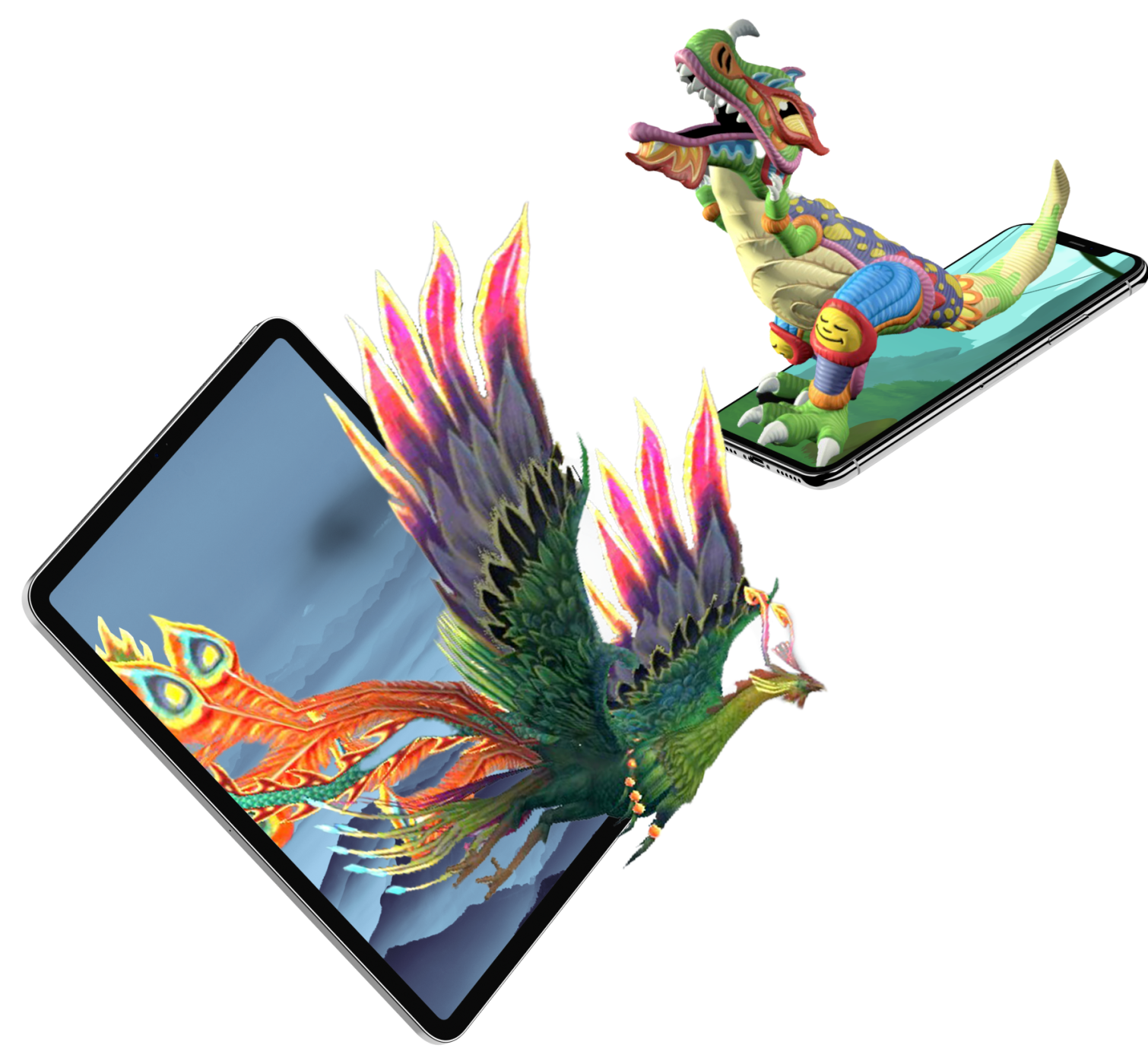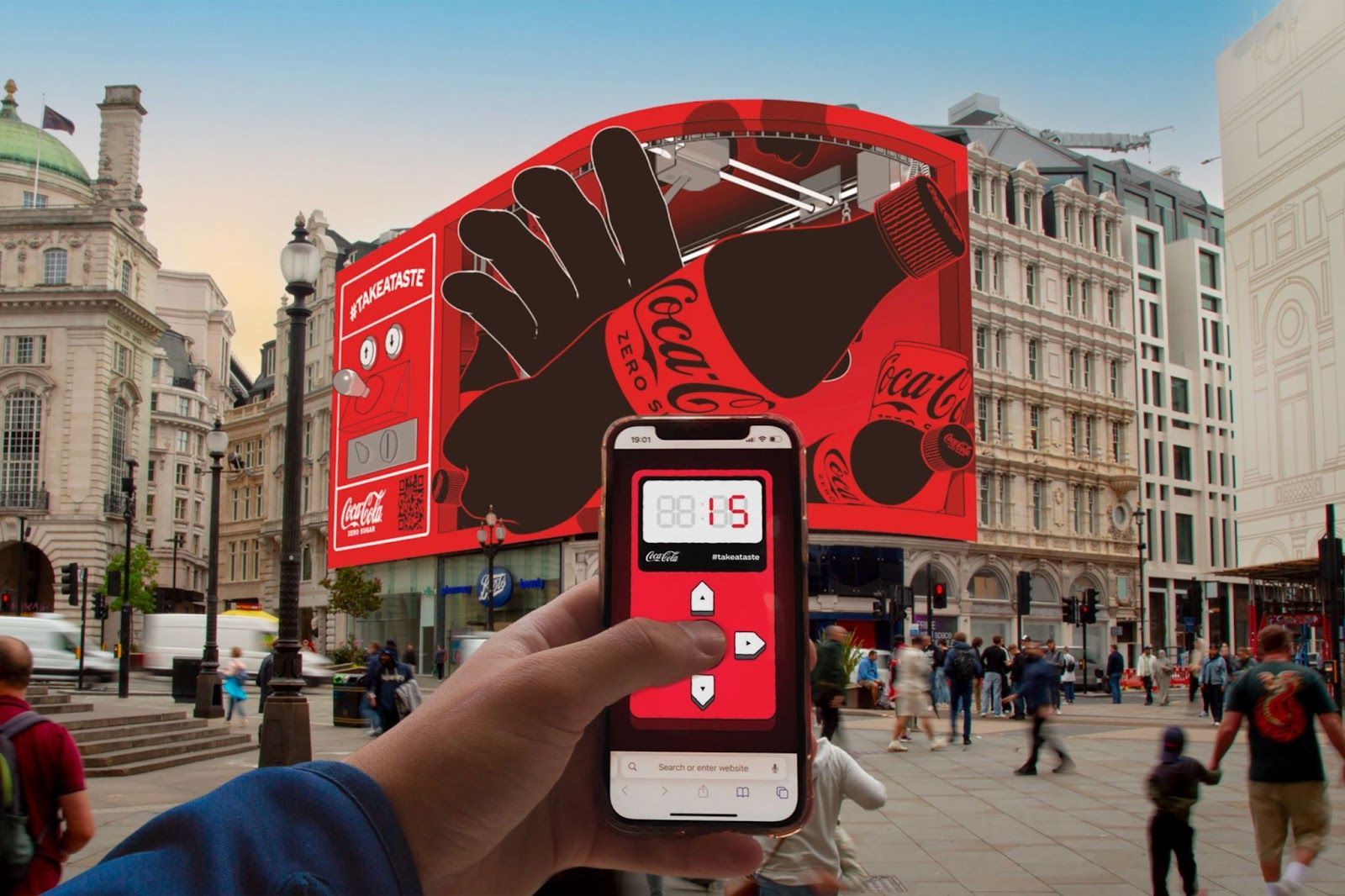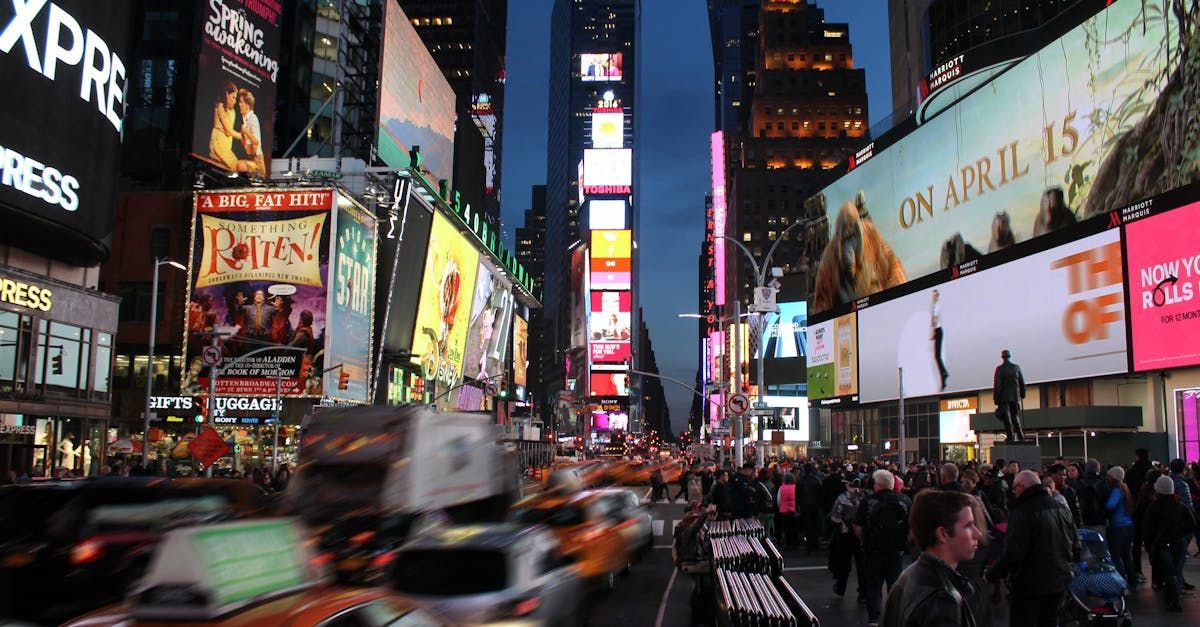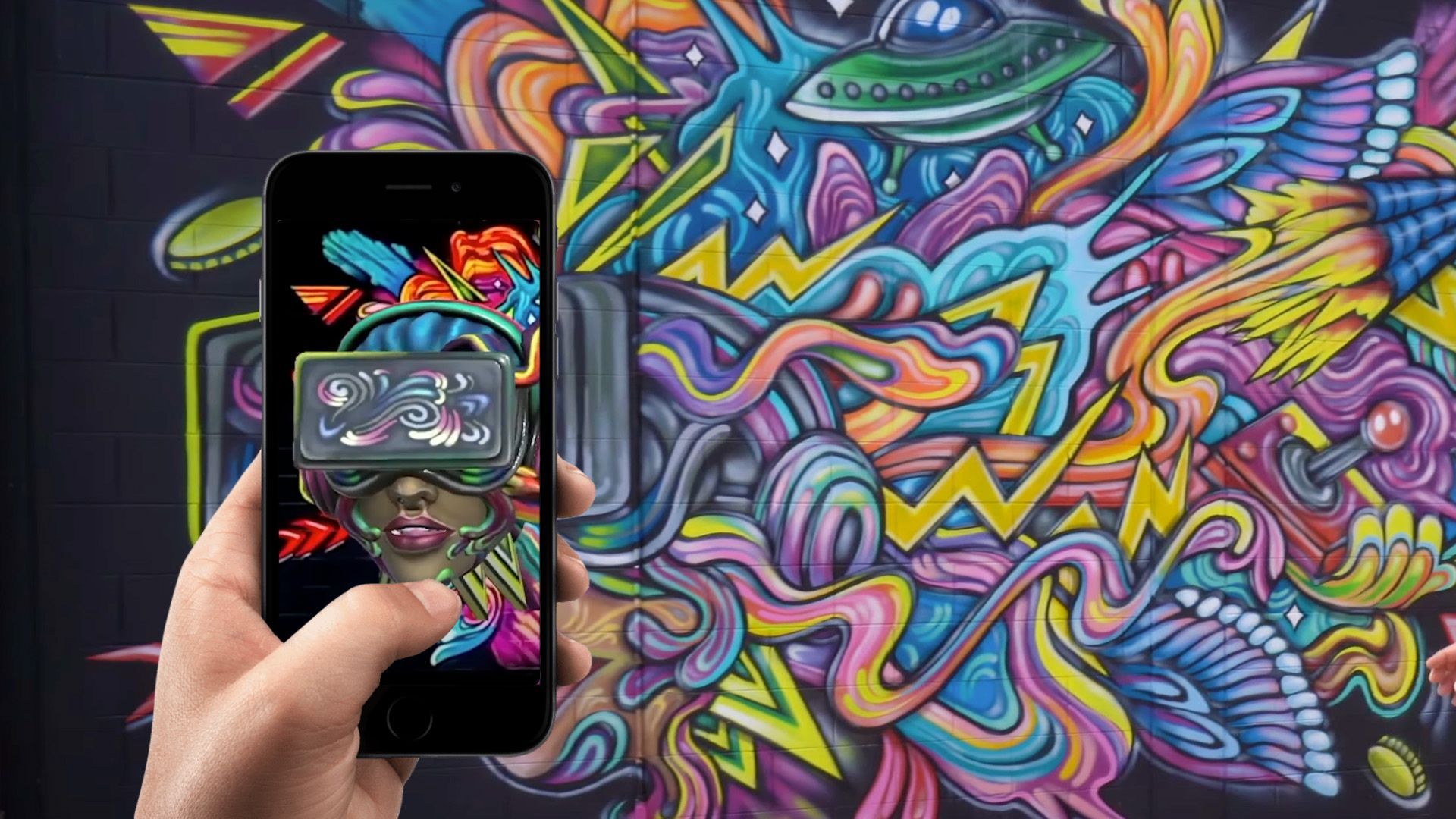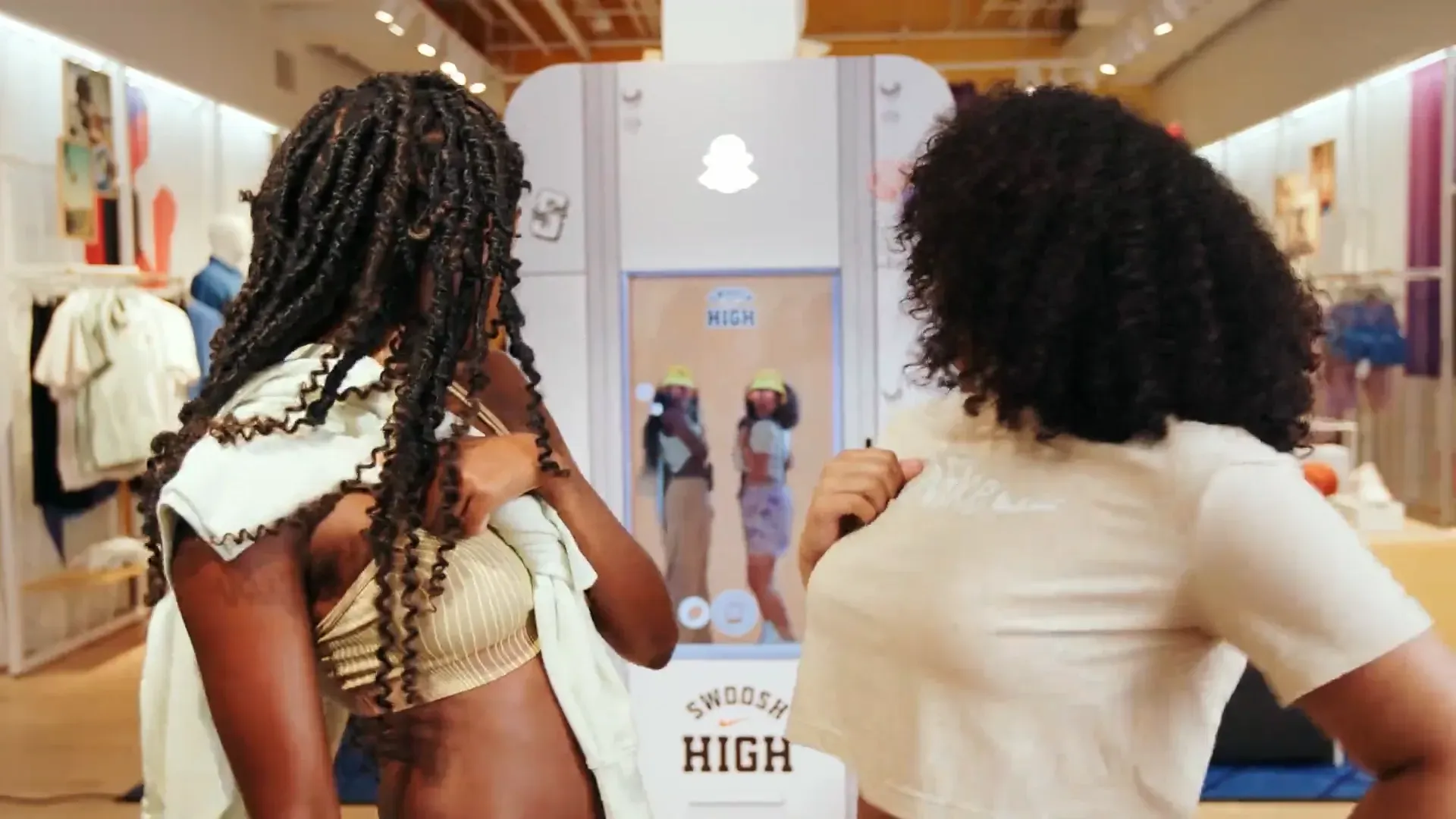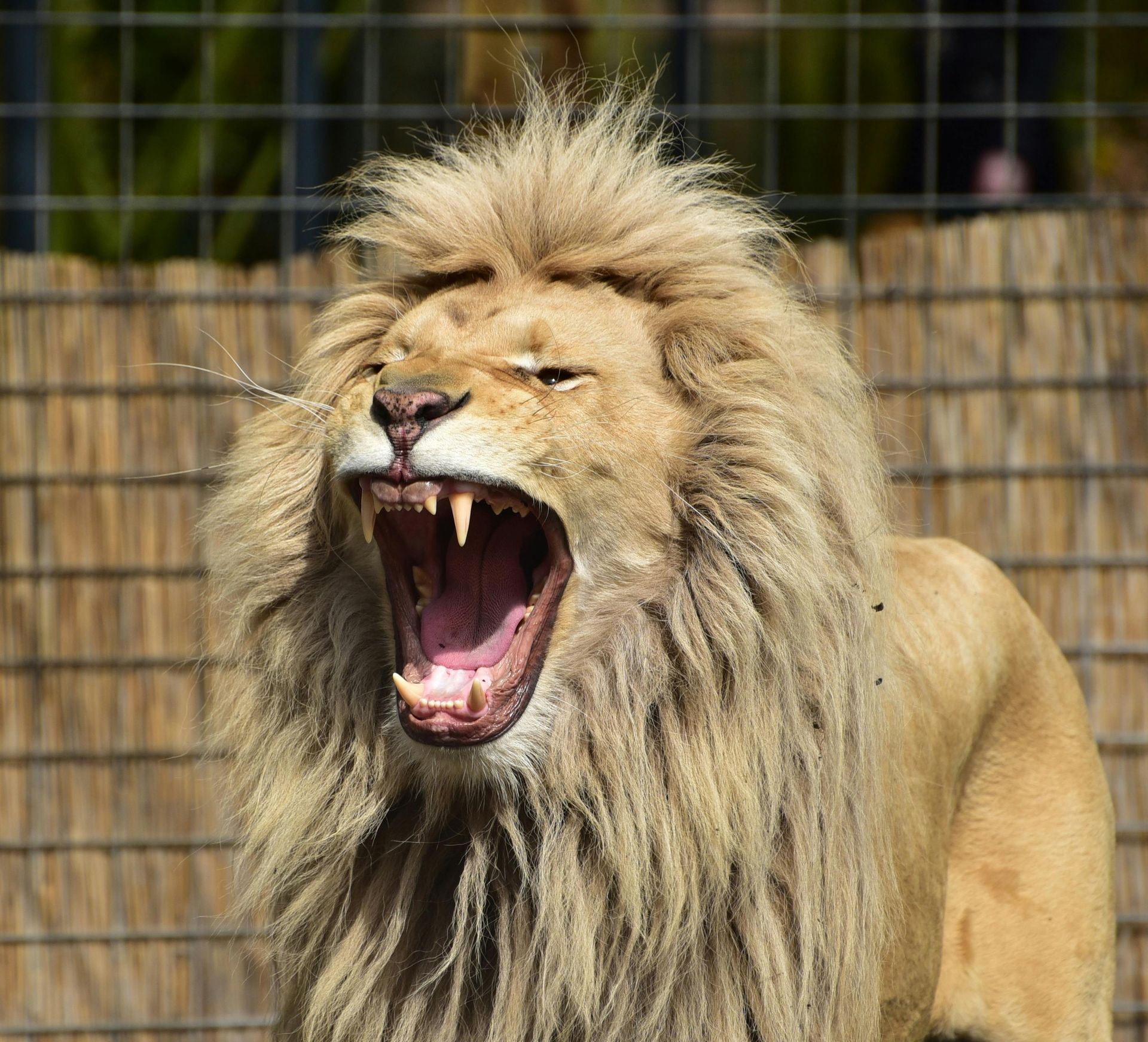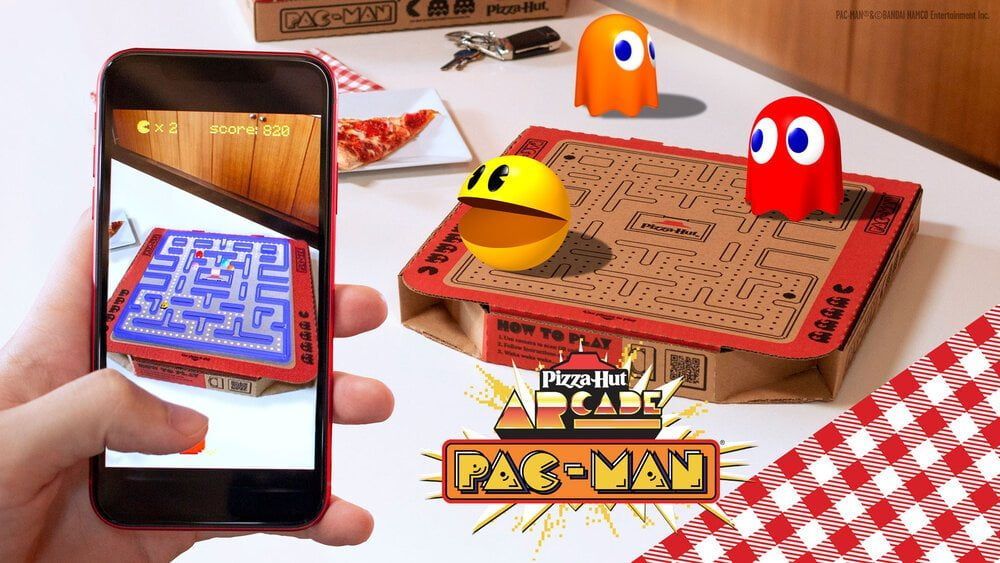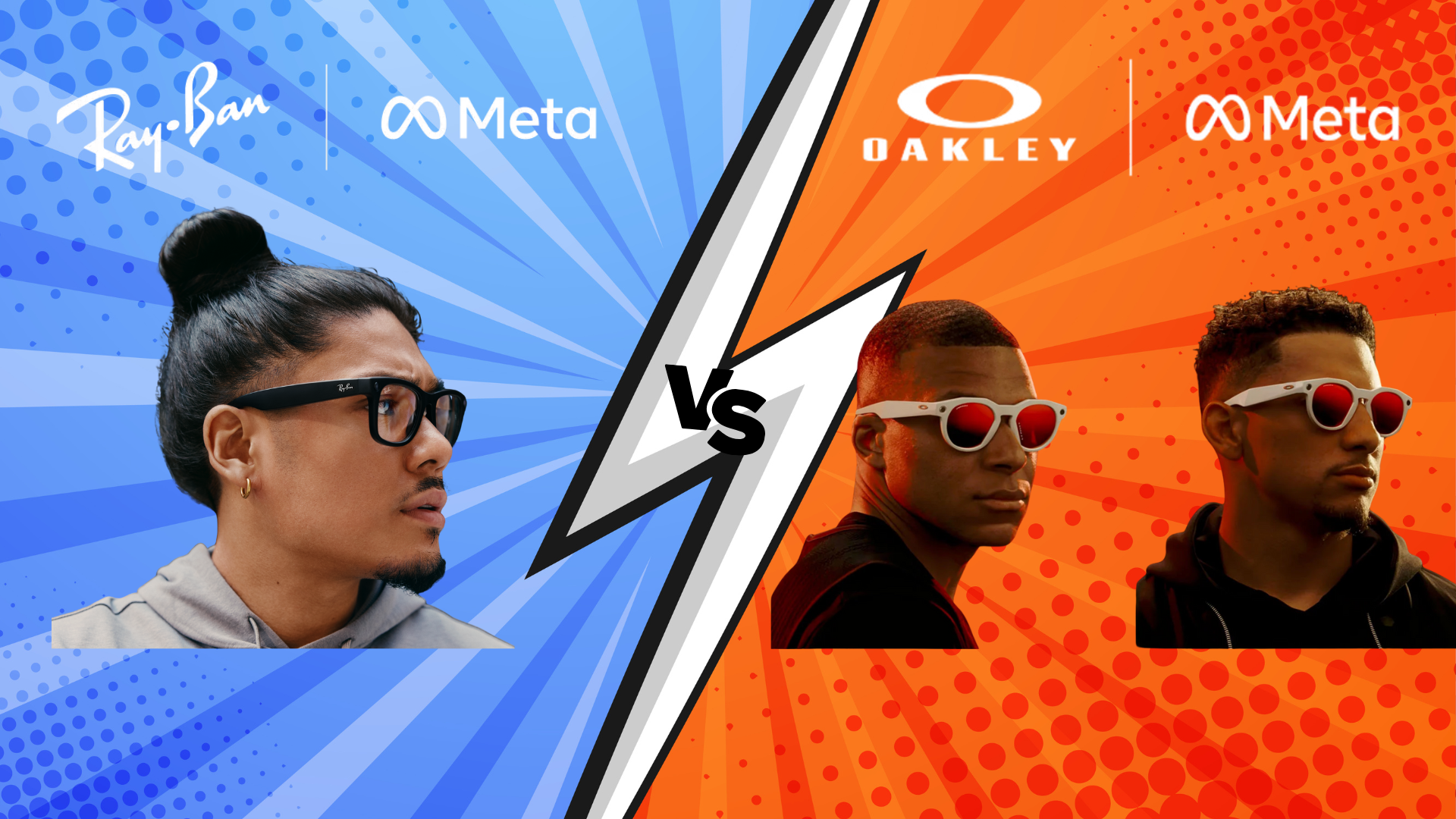Digital OOH and Data Privacy: Shaping Advertising
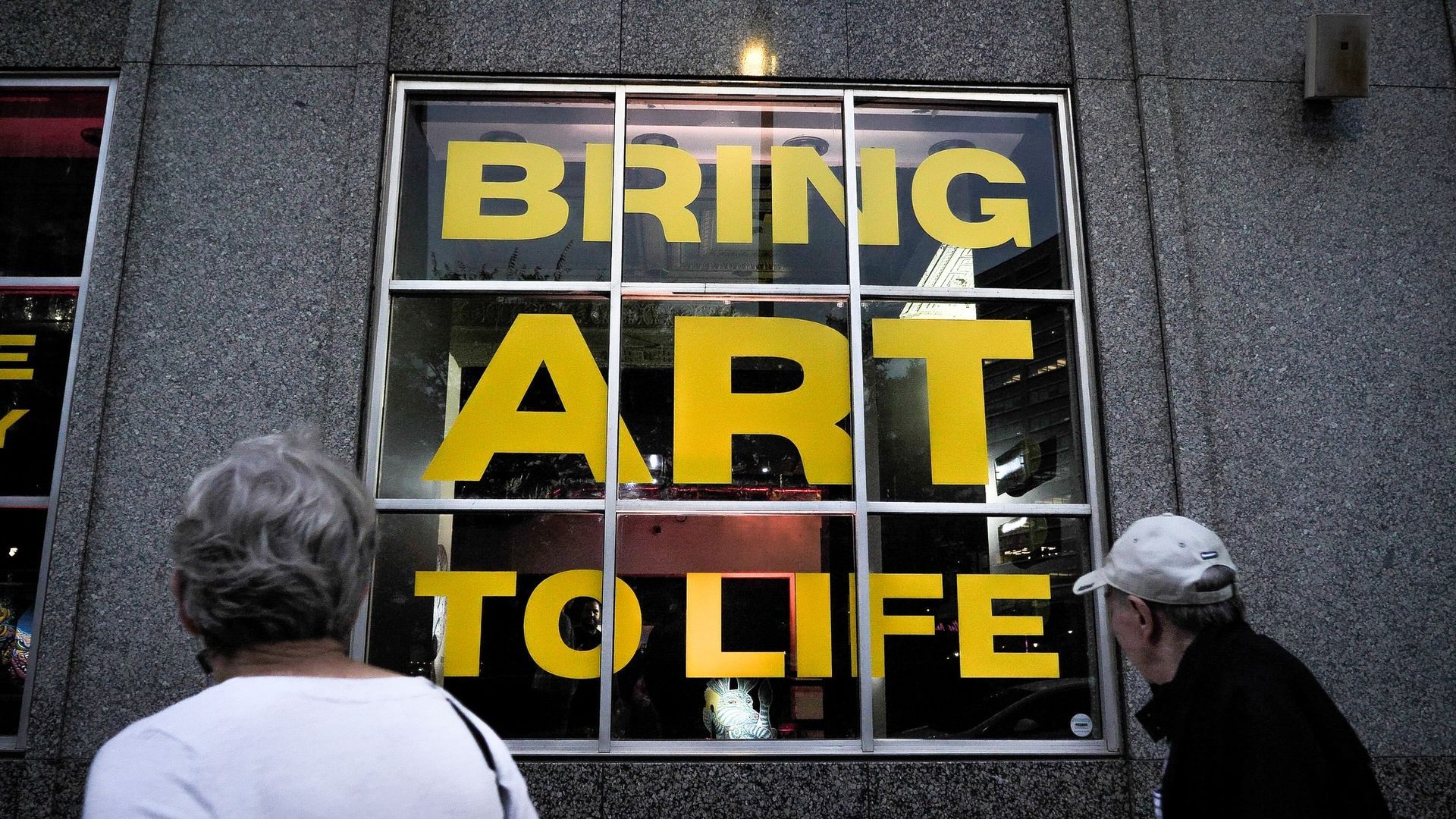
The advertising landscape is rapidly evolving with the advent of Digital Out-of-Home (DOOH) advertising and growing concerns around data privacy. This transformation is driven by technological advancements, increased connectivity, and changing consumer expectations. In this article, we will explore how DOOH and data privacy will shape the future of advertising, focusing on integrating new technologies, the importance of data-driven strategies, and the implications for advertisers and consumers alike.
The Rise of Digital OOH Advertising
Digital Out-of-Home (DOOH) advertising uses digital screens and electronic displays to deliver advertising content in public spaces. Unlike traditional out-of-home (OOH) advertising, which relies on static billboards and posters, DOOH offers dynamic, interactive, and data-driven advertising solutions. This modern form of outdoor advertising has several advantages:
- Targeting Capabilities: DOOH can leverage real-time data to deliver targeted ads based on location, time of day, and weather conditions. For instance, a coffee shop can display ads for hot beverages on a chilly morning and switch to iced drinks during a hot afternoon.
- Enhanced Engagement: Digital screens are more engaging than traditional billboards. They can display high-resolution videos, animations, and interactive content, capturing the attention of passersby and encouraging interaction. This is particularly effective in high foot traffic areas such as shopping malls, transit stations, and busy city streets.
- Flexibility and Real-Time Updates: Advertisers can quickly update their campaigns in response to market conditions or consumer behavior. This flexibility allows for timely and relevant messaging that can increase the effectiveness of advertising campaigns.
The Impact of Data Privacy on Advertising
As the use of data in advertising has grown, so too have privacy concerns. Consumers are increasingly aware of how their data is collected, stored, and used. This has led to stricter regulations and a greater emphasis on data privacy. Here are some key ways data privacy concerns are shaping the advertising landscape:
- Regulatory Compliance: Laws such as the General Data Protection Regulation (GDPR) in Europe and the California Consumer Privacy Act (CCPA) in the United States impose strict requirements on how companies handle personal data. Advertisers must comply with these regulations to avoid hefty fines and damage to their reputation.
- Transparency and Trust: Transparency in data practices is crucial for building consumer trust. Brands that are clear about how they use data and offer consumers control over their personal information are more likely to maintain positive relationships with their audiences. This includes providing clear opt-in and opt-out options for data collection.
- Shift to First-Party Data: Third-party cookies are becoming less reliable due to privacy concerns and browser changes, so advertisers are increasingly turning to first-party data collected directly from their customers. This data is more accurate and trustworthy, allowing for more personalized and effective advertising strategies.
Integrating DOOH and Data Privacy
The intersection of DOOH advertising and data privacy presents advertisers with challenges and opportunities. To successfully navigate this landscape, advertisers must adopt strategies that leverage DOOH's strengths while respecting consumer privacy.
- Anonymous Data Collection: DOOH can use anonymized data to target ads without infringing on personal privacy. For example, sensors can detect the presence of a large crowd and display relevant ads without collecting personal information. This ensures compliance with privacy regulations while still delivering targeted content.
- Contextual Advertising: Rather than relying on personal data, contextual advertising delivers ads based on the environment and consumed content. For instance, a digital display in a sports arena might show ads for athletic gear, while a screen in a shopping district could promote retail sales.
- Augmented Reality (AR) and Interactive Experiences: DOOH can incorporate AR and interactive elements to create engaging and memorable experiences. These technologies do not require personal data and can enhance consumer interaction with brands. For example, an AR billboard might allow users to see how a new piece of furniture would look in their home or try on virtual makeup.
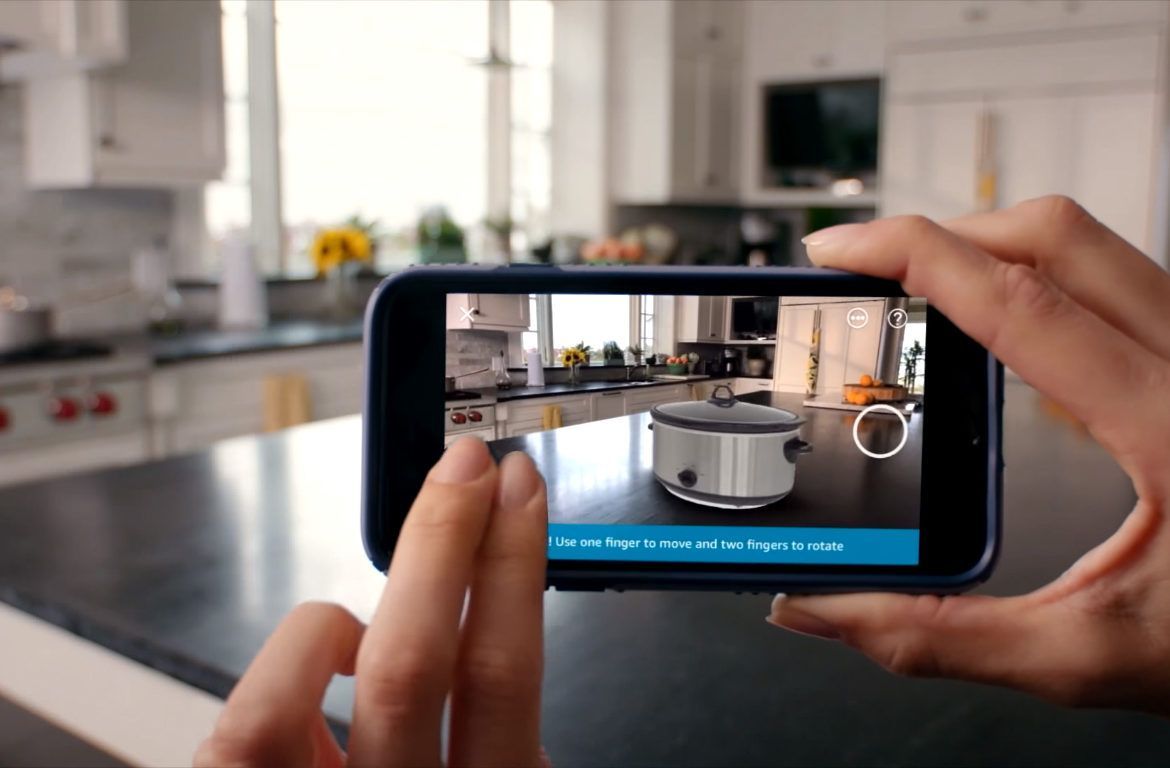
Case Studies and Examples
Several brands have successfully integrated DOOH with data privacy considerations to create impactful advertising campaigns:
- Nike: Nike utilized DOOH to launch its "Unlimited Stadium" campaign in Manila, Philippines. The campaign featured an interactive running track equipped with LED screens that displayed personalized avatars of runners, encouraging competition and engagement without collecting personal data.
- McDonald's: McDonald's used weather-triggered DOOH ads to promote specific menu items based on current weather conditions. For example, on hot days, screens displayed ads for cold beverages and ice cream, while on rainy days, they promoted hot coffee and comfort food. This approach used contextual data to deliver relevant content without compromising privacy.
- Coca-Cola: Coca-Cola's "Share a Coke" campaign employed DOOH to display personalized messages in real-time. The campaign encouraged consumers to share their names on social media, which were then featured on digital billboards. This interactive approach enhanced consumer engagement while relying on voluntary data sharing.
Future Trends and Predictions
As technology evolves, the future of DOOH and data privacy in advertising looks promising. Here are some trends to watch:
- Increased Use of AI and Machine Learning: AI and machine learning will significantly optimize DOOH campaigns. These technologies can analyze vast amounts of data to predict consumer behavior and deliver highly targeted ads while ensuring compliance with privacy regulations.
- Expansion of Programmatic DOOH: Programmatic advertising, which uses automated systems to buy and place ads, is expanding into the DOOH space. This allows for more efficient and targeted ad placements, driven by real-time data and analytics.
- Greater Integration with Social Media: DOOH campaigns will increasingly integrate with social media platforms like Instagram, Snapchat, and TikTok through augmented reality experiences like AR Billboards. This synergy will create cohesive cross-channel experiences that enhance brand visibility and consumer engagement.
Conclusion
Digital Out-of-Home (DOOH) advertising and data privacy are profoundly reshaping the advertising landscape. By leveraging the dynamic and interactive nature of DOOH while adhering to stringent data privacy standards, advertisers can create effective and engaging campaigns that resonate with consumers. As technology advances, the integration of AI, programmatic buying, and social media will further enhance the capabilities of DOOH, making it a powerful tool in the marketer's arsenal. Navigating this evolving landscape will require a careful balance of innovation and responsibility, ensuring that consumer trust and privacy remain at the forefront of advertising strategies.
TALK TO A PRO
We're here to bring your brand to life!
Stay Connected with BrandXR
Create Augmented Reality for Free!
Create, Publish, and Measure 3D Augmented Reality Experiences Without Having to Code.
